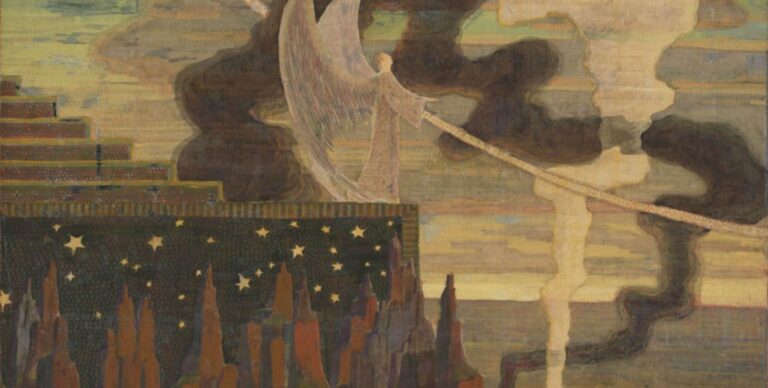Firenze, 1524 – Firenze, 1588
It is well known that one of the few ways you had to live as an artist in the XVI Century was by joining a nunnery. If you had the misfortune of being a woman, that is.
Some painters had the luxury of founding their own version of a monastery, as we saw for Orsola Maddalena Caccia. In contrast, others didn’t give a flying fuck and lived according to their own rules, like the controversy and frowned-upon Properzia de’ Rossi. Other women, however, were genuinely attracted to the philosophical aspects of spiritual life, and Plautilla Nelli is among them.
Born Pulissena Margherita, we know very little of her before she entered the Dominican convent of Santa Caterina in Cafaggio, one of the establishments revolving around the charismatic and controversial figure of Girolamo Savonarola. The preacher strongly recommended the importance of art in the spiritual and intellectual life of a devotee, and the nearby convent of San Marco could be proud of works by Beato Angelico. Santa Caterina was no less fervent, and Plautilla started her artistic work by illuminating texts and copying masterpieces by Fra Bartolomeo. She soon became a proficient painter and led an “officina sacra” inside the convent, teaching other girls the art of drawing, illuminating and painting.
Vasari briefly mentions her, and for a long time she was only known for works preserved inside the convent, including a glorious Last Supper.
She was head of the priory between 1563-65, 1571-73 and 1583-85, demonstrating a strong entrepreneurial spirit and great leadership. Her depictions of Saint Catherine always reflect the values of sternness and sobriety proposed by Savonarola’s preachings, and her compositions are rigorously sketched since the beginning of the development, but the finished paintings always show different hands at work, reflecting the collaborative and harmonious atmosphere she created inside the convent workshop.
This level of non-homogenous collaboration is rarely seen in paintings coming from the workshop of a master, and it’s clear that the goal here was not self-affirmation through prevarication but leading by example and nurturing artistic differences.
A lesson we’re struggling to learn even today.







No Comments